The Nissan Ariya is a family SUV that sits above the LEAF family hatchback in the Nissan lineup. Nissan is hoping to tap into the vast global market for medium-sized electric SUVs and is aiming squarely at the likes of the Volkswagen ID.4 and ID.5, ŠKODA Enyaq iV and Tesla Model Y. It's also got to face the bZ4X from arch-rival Toyota.
At just over 4.5 metres long and 1.8 metres wide, the new Ariya is built on new underpinnings known as the CMF-EV platform, which it also shares with another of its rivals - the Renault Scenic E-Tech.
The Nissan is almost identical in size to the cars it will be competing with, but its design certainly sets it apart. The slick, flowing body shape looks like a concept car brought to the road. According to Nissan, it also sets the template for the brand’s next generation of electric cars - which is good news, as the Ariya really does look great, inside - and out.
While the top models look pricey, they have a bigger battery and can have two motors and a sophisticated all-wheel-drive system called e-4ORCE. The lesser versions are front wheel drive with a smaller battery, but are efficient and have a decent range. The starting prices of these overlap with smaller electric hatchbacks.
None of the models are a thrilling driving experience and they tend to err on the side of comfort rather than sportiness. We kind of like that though, as it suits the relaxed character of a family car like this.
Verdict
We really like the Ariya. It is big enough for a family, refined and well built. The interior has an open and airy feel, with a flat floor and a design which has all the tech you need but doesnt feel alien to drive. There are switches where you'd want and expect them to be, backed up by screens for the extra tech.
It's also better quality than most rivals, giving it a more premium feel than an ID.4 or Tesla Model Y even though the prices are nearer to Skoda and Kia levels. It drives well too, but we'd stick with either the smaller battery with front wheel drive or the range-topping e-4ORCE models as they're far nicer to drive.





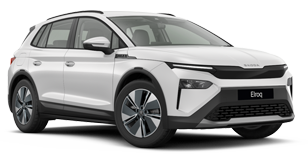





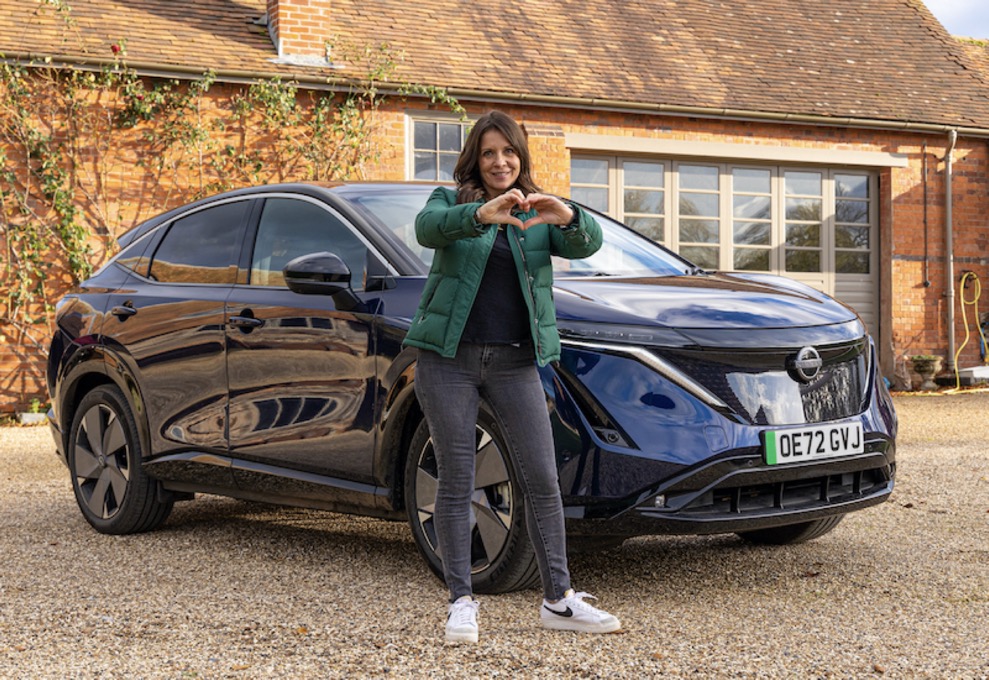
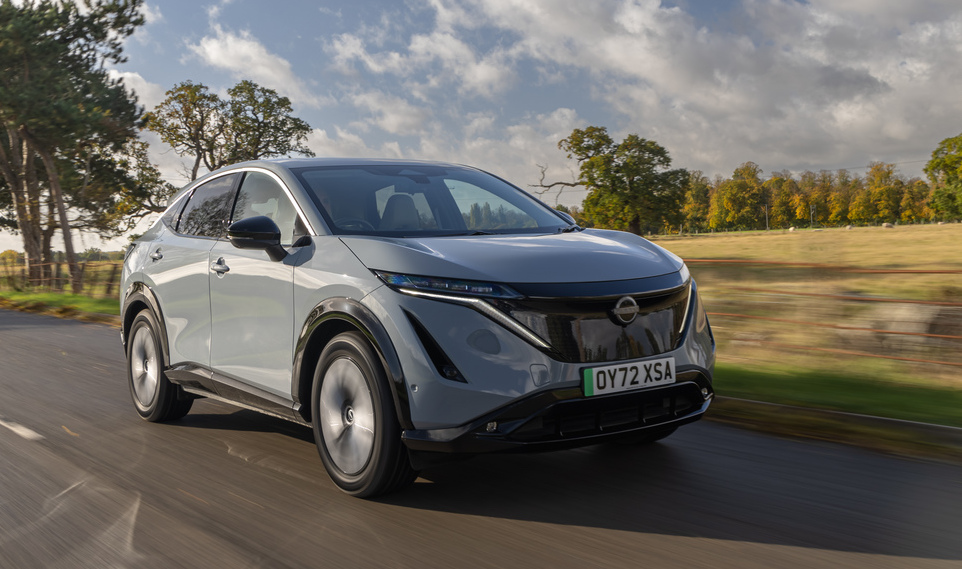-1200x800.jpg)
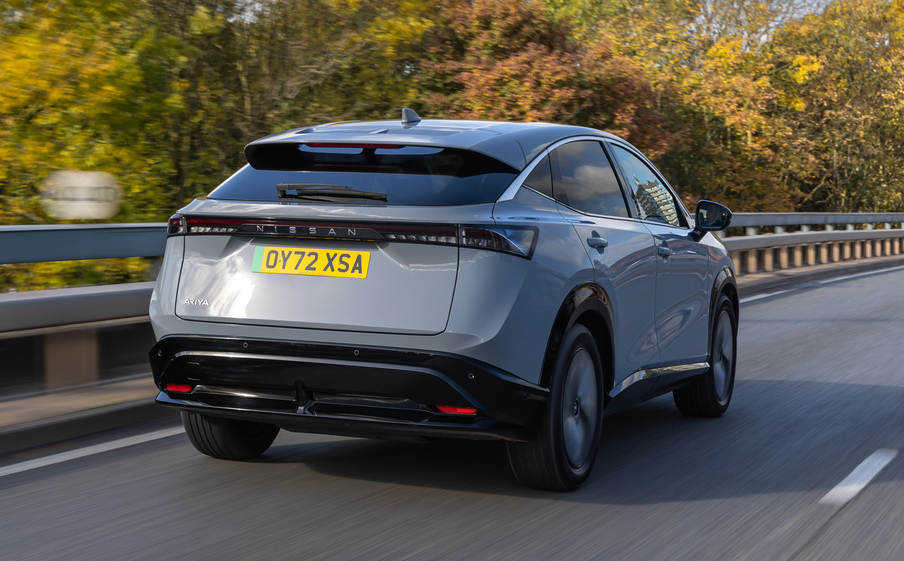-1200x800.jpg)
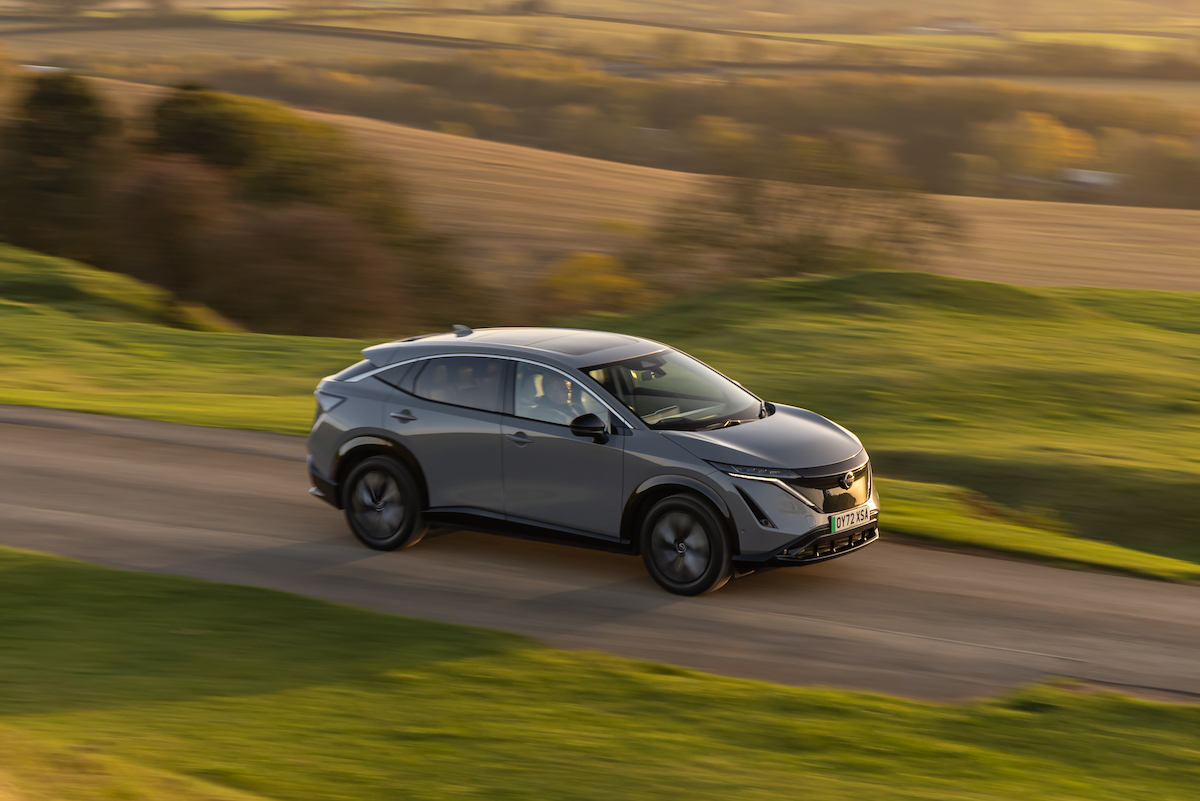-source.jpg)
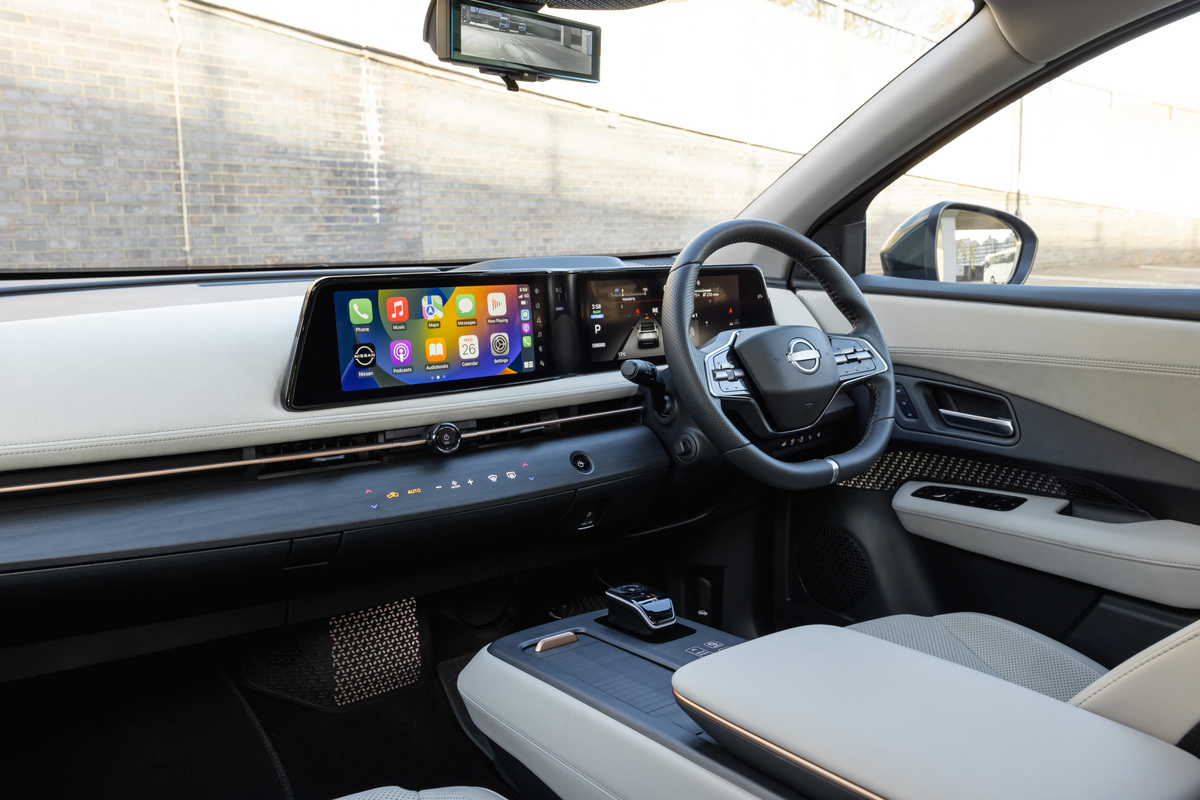-1200x800.jpg)
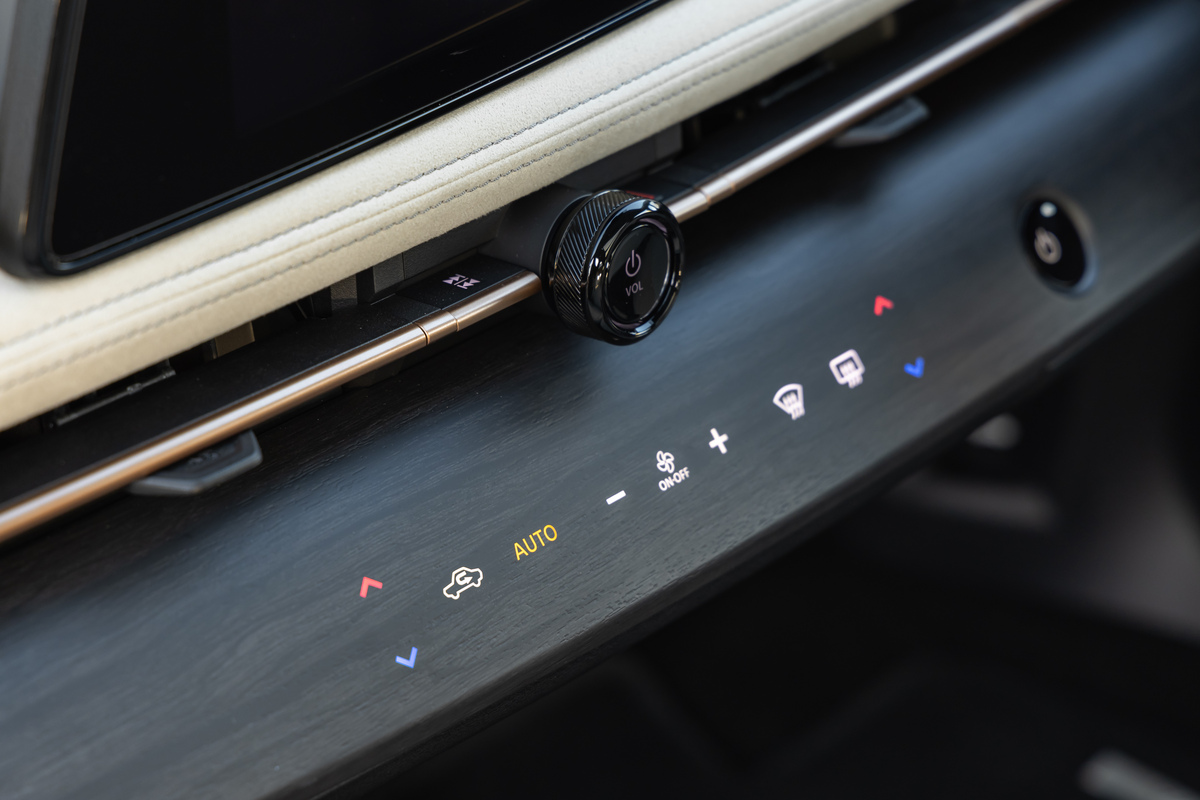-1200x800.jpg)
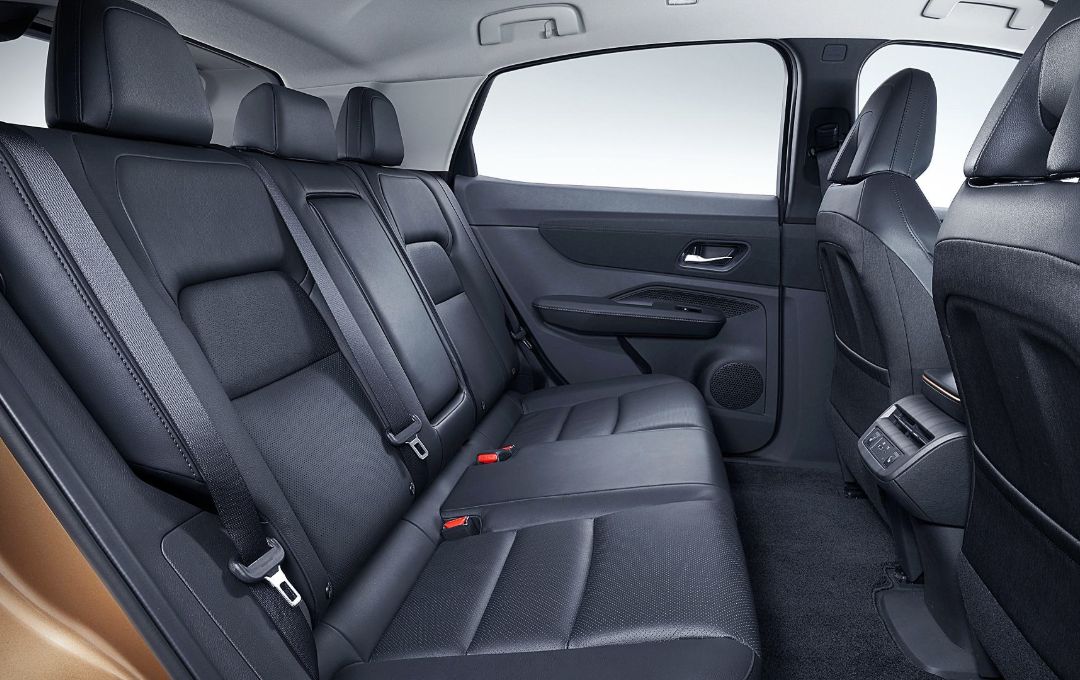
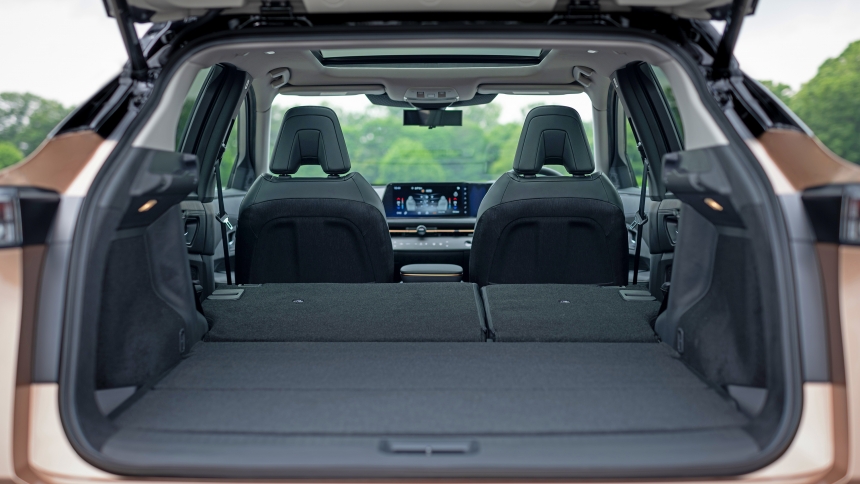
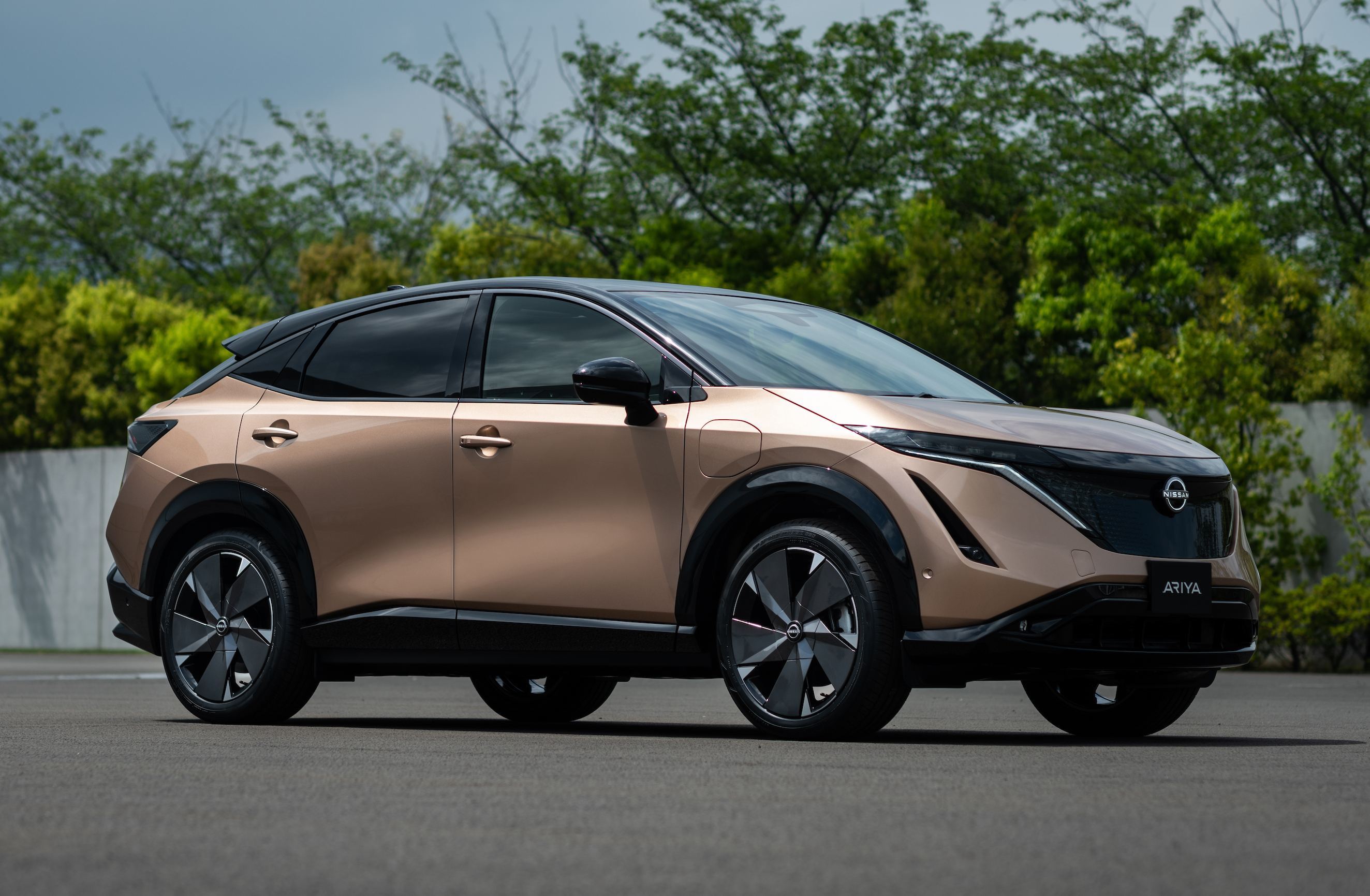
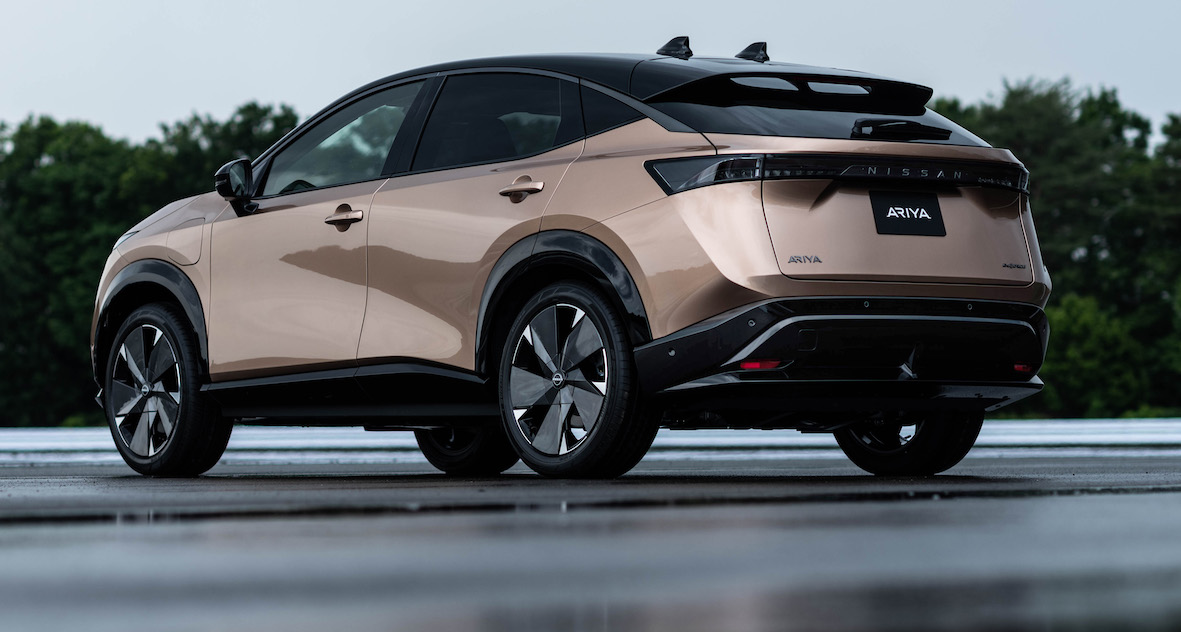
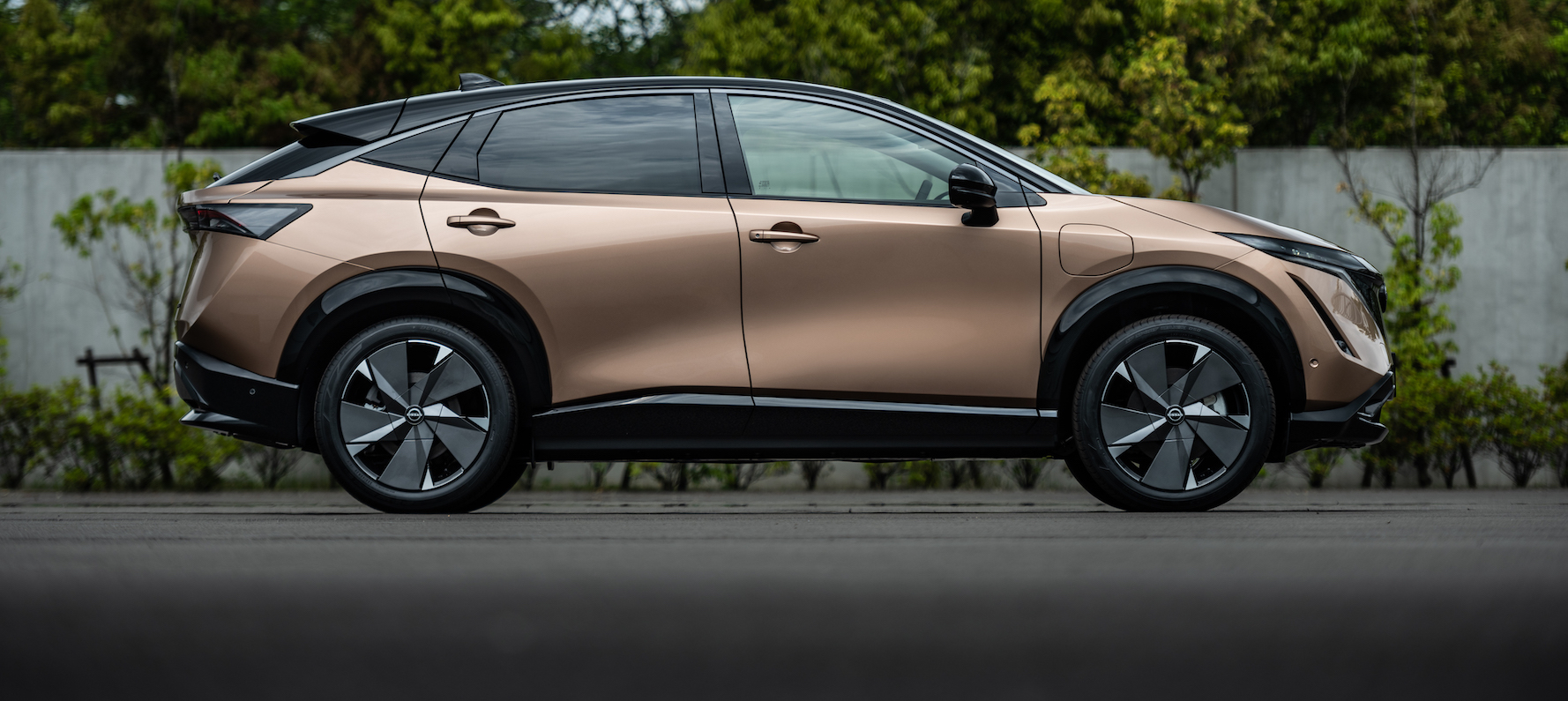
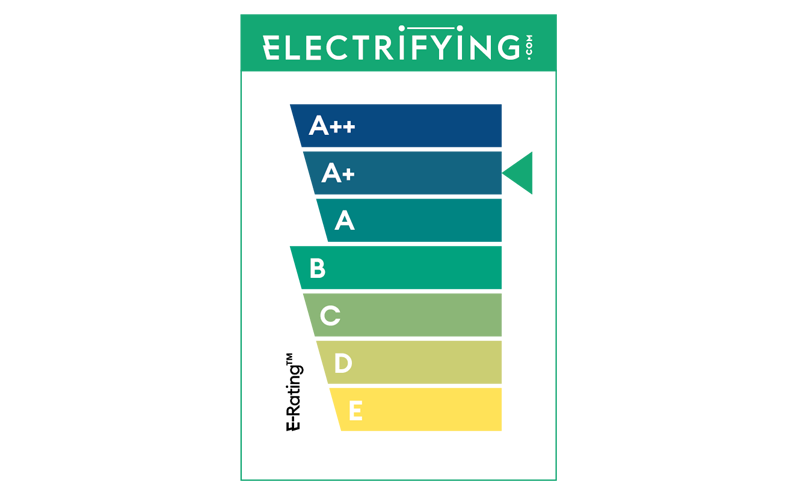



-1200x800.jpg?width=1500&height=1000)




